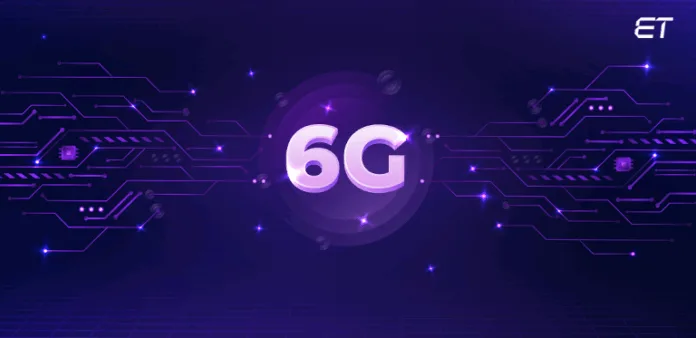The world hasn’t even fully embraced 5G, and yet the conversation is already shifting towards the next major leap — 6G. As telecom giants, research institutions, and governments gear up for its launch (expected around 2030), the implications are already being explored across tech domains. Most notably, experts are focusing on the impact of 6G on AI and IoT, as well as how it will redefine global connectivity.
In this article, we’ll break down what 6G actually is, why it matters, and how it’s expected to elevate current and future technologies to an entirely new level.
🚀 What Is 6G and Why Does It Matter?
6G stands for the sixth generation of wireless technology, promising ultra-low latency, blazing-fast speeds (up to 1 Tbps), and even AI-native network architecture. While 5G made breakthroughs in enabling real-time applications, 6G aims to make networks intelligent, ubiquitous, and adaptive — merging the digital, physical, and biological worlds.
Think of 6G not just as “faster internet,” but as a smart infrastructure capable of orchestrating large-scale, intelligent systems across industries.
🤖 1. 6G and Artificial Intelligence (AI)
AI is expected to be embedded into the very fabric of 6G networks. This means networks will not only carry data but also understand, learn, and optimise themselves in real-time.
✅ Edge AI Processing
6G enables decentralised AI, where computations happen at the network edge, closer to the user or device. This significantly reduces delay in applications like autonomous driving or AR navigation.
✅ AI-Optimised Networks
6G will use AI to manage traffic, prevent congestion, allocate bandwidth dynamically, and predict failures before they happen — delivering unparalleled user experiences.
🌐 2. 6G and the Internet of Things (IoT)
The IoT landscape is rapidly expanding — smart cities, factories, homes, and healthcare systems are all dependent on millions of interconnected devices.
With 6G, the capabilities of IoT devices will evolve drastically:
✅ Massive Machine-Type Communication (mMTC)
6G will support 10 to 100 times more connected devices per square kilometre than 5G, allowing dense environments (like urban centres or industrial hubs) to function more efficiently.
✅ Ultra-Reliable Low-Latency Communication (URLLC)
Expect near-zero lag between sensors and control systems. This is essential for time-critical tasks — from robotic surgery to self-driving cars.
✅ Enhanced Energy Efficiency
6G aims to lower the energy demands of IoT devices, enabling longer battery life and eco-friendlier operations for edge devices.
🌍 3. 6G and Global Connectivity
Perhaps the most visionary goal of 6G is to provide truly global, uninterrupted coverage.
✅ Satellite Integration
6G will integrate with low-orbit satellites, drones, and airborne platforms to extend connectivity to remote areas, oceans, and underdeveloped regions — closing the global digital divide.
✅ Digital Twins and Holographic Communication
We’re not far from real-time holographic video calls or digital twin applications that mirror physical systems in virtual space — and 6G will provide the bandwidth and latency levels to support them.
✅ Seamless Cross-Border Roaming
Advanced AI will enable ultra-fast and seamless roaming between countries, carriers, and network types — making “global connectivity” a practical reality, not just a buzzword.
📊 What Industries Will Benefit Most?
Healthcare: Real-time diagnostics, remote robotic surgery, and AI-driven patient care
Automotive: V2X communication, autonomous fleets, real-time hazard prediction
Manufacturing: Smart factories, predictive maintenance, and autonomous robotics
Entertainment: 16K streaming, immersive VR/AR, cloud gaming at zero latency
Agriculture: Smart sensors, drones, and remote-controlled irrigation/farming systems
⚠️ Challenges Ahead
Despite its potential, 6G is still in the research phase and comes with some hurdles:
High infrastructure costs
Spectrum allocation and regulation
Privacy and ethical use of AI-driven networks
Device compatibility and upgrade costs
However, given the scale of investment and global collaboration, these are expected to be addressed in the coming years.
🧠 Final Thoughts
6G is not just about speed — it’s about creating an intelligent, adaptive, and hyper-connected world. Its integration with AI, IoT, and edge computing will unlock possibilities that were once limited to science fiction.
As we edge closer to this technological revolution, organisations, developers, and innovators must start preparing for an AI-powered, IoT-enhanced, and globally connected future — driven by the transformative potential of 6G.
